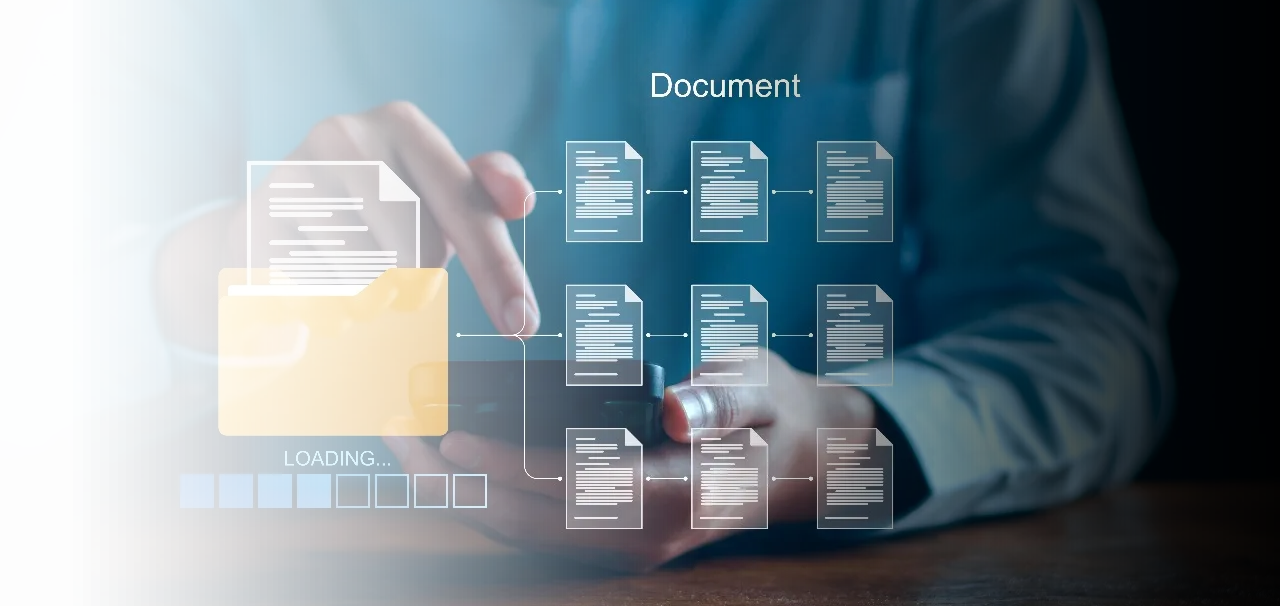
Ever since pandemic lockdowns necessitated the pivot to remote work, many employees have become accustomed to the flexibility of working from their home offices. As part of their talent attraction packages, companies now offer hybrid work arrangements, striking a balance between maintaining business continuity and prioritising employee welfare.
One challenge arising from hybrid arrangements pertains to collaboration. Miscommunication tends to happen when team members are not in the office to provide timely project updates. Problems such as accessing and working on the wrong file versions can create bottlenecks and slow down progress.
A document management system (DMS) can resolve these problems. Here's a look at the multifaceted benefits, from optimised workflows to enhanced productivity and improved information security, that a DMS can bring.
A centralised repository
By storing and classifying documents in a centralised, secure system, a DMS streamlines file access and makes future retrieval easier. With no need to search across different platforms or storage locations for a file, remote workers now save time and can focus more on their primary responsibilities. This helps to enhance productivity and efficiency.
Facilitating real-time collaboration
The ability to collaborate in real time is key to maintaining communication and enhancing teamwork. A DMS allows both onsite and remote employees to work on documents, track changes and leave suggestions on the content. This reduces the need for email exchanges or jumping on work calls just to get everyone on the same page. There is also a clear audit trail that logs every single change, and the personnel who made that change, thus enabling greater transparency and eliminating the chance of confusion.
Intuitive project management
A DMS grants users complete control of the status of project deliverables, from review and approval to final handover. What’s more, with version control, the most updated file version is always displayed first. This ensures that collaborators in the entire hierarchy, when they open up the file, are reviewing the most current version. It also allows them to restore previous versions, thus ensuring that no important information is ever lost or overwritten.
Personnel can also effortlessly create workflows and automate document distribution by specifying predefined rules and assigning tasks to the relevant team members. Documents will then be routed to the relevant personnel for their review, with instant notifications being sent to inform them of the new tasks.
Enhancing data security
Some remote employees may choose to connect their work devices to public networks. This increases the risk of data breaches. A robust DMS mitigates this risk by providing advanced security features such as role-based access control, as well as encryption to ensure that only authorised users can open specific documents.
Furthermore, a DMS can track the movement and distribution of confidential information, allowing document controllers to prevent it from landing in the wrong hands or being illegally reproduced. The ability to monitor user logs also helps businesses to detect the source of identity leaks.
Finally, a DMS gives companies peace of mind as it comes with backup and disaster recovery features to minimise data loss or service disruption. Businesses can also set data retention policies that align practices with their local regulations.
Want to learn more about how a DMS can benefit your business? Click here to learn how Canon’s DMS can help secure your vital business information while streamlining management processes.

Take The Steps Forward
Let's work together and uncover digital opportunities starting today.


